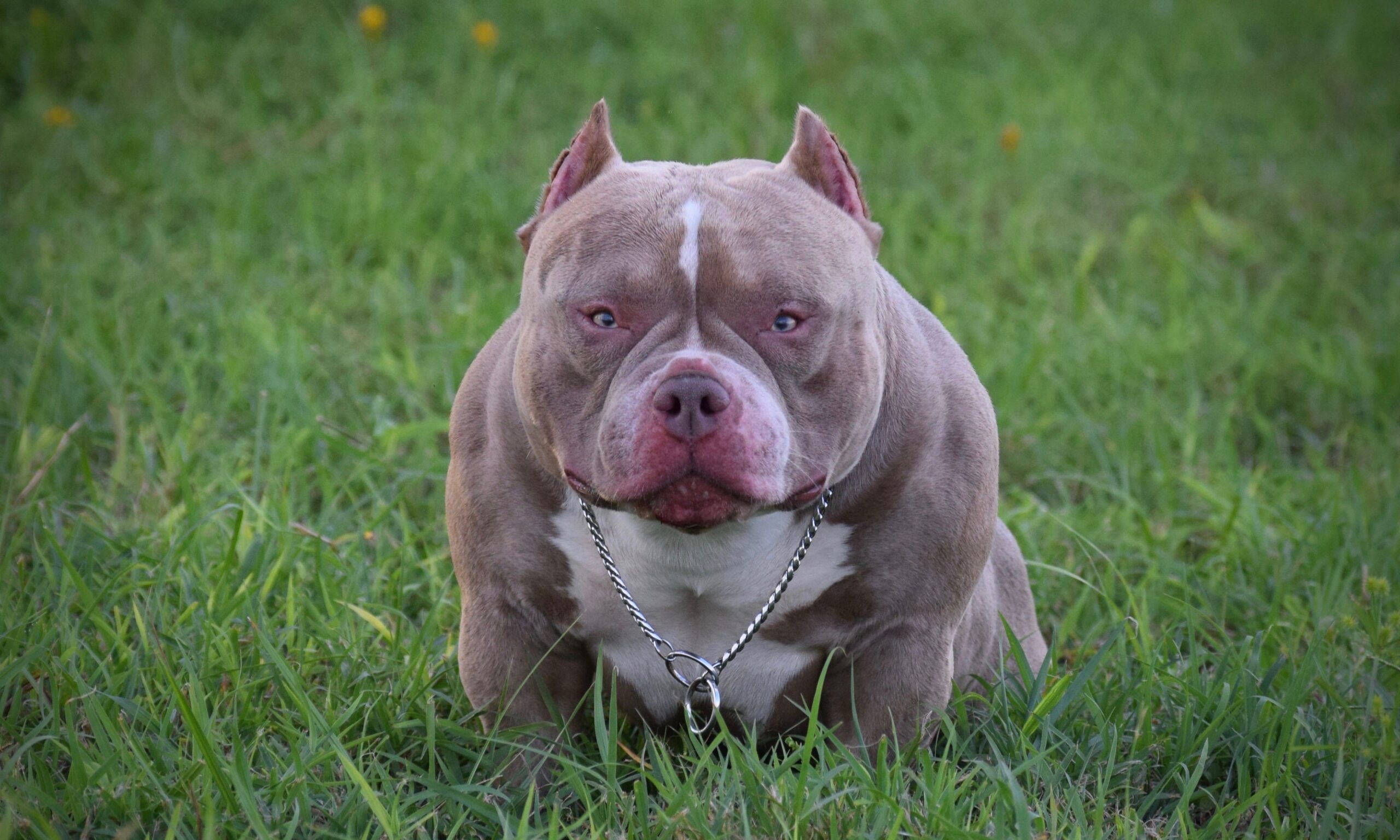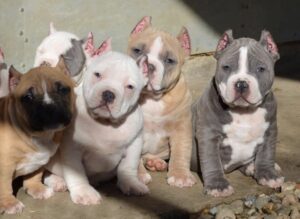When it comes to choosing a reputable American Pocket Bully breeder, it’s crucial to navigate through the plethora of options with care and consideration. Here’s a comprehensive guide to help you identify a trustworthy source for finding your perfect American Pocket Bully companion.
- Seek Recommendations: Start by seeking recommendations from American Pocket Bully breed clubs, reputable online communities, and trusted sources such as veterinarians or experienced dog owners. Word-of-mouth referrals can lead you to breeders who prioritize the health and well-being of their dogs.
- Verify Breeder Credentials: Look for breeders who are registered with recognized kennel clubs and breed organizations. Membership in breed-specific clubs and adherence to their code of ethics can indicate a commitment to responsible breeding practices and the breed’s standards.
- Assess Breeding Practices: Inquire about the breeder’s approach to health testing, socialization, and care for their American Pocket Bully puppies. A reputable breeder will be transparent about the health screenings performed on the parent dogs and provide comprehensive information about the puppy’s lineage and health history.
- Visit the Breeder: Schedule a visit to the breeder’s facility to observe the living conditions of the dogs and puppies. Clean and well-maintained surroundings, along with social and well-adjusted dogs, are positive indicators of a reputable breeder who prioritizes the welfare of their animals.
- Ask Questions: Prepare a list of questions to ask the breeder, covering topics such as the breed’s specific needs, temperament, and any known health concerns. A responsible breeder will be forthcoming with information, demonstrating a genuine passion for the breed and a commitment to providing support and guidance to puppy owners.
Breeding standards serve as a blueprint for maintaining the integrity and quality of a specific dog breed. These standards outline the ideal characteristics, temperament, and physical attributes that exemplify the breed. Here’s a detailed overview of breeding standards based on the information from various sources:
- Description of Ideal Characteristics: A breed standard provides a detailed description of the ideal physical and morphological characteristics of a breed. This includes specifics such as size, coat color and texture, body proportions, and distinctive breed-specific features that define the ideal specimen of the breed.
- Genetic and Athletic Criteria: Breed standards may encompass genetic criteria and criteria related to athletic or productive performance. This can include factors such as agility, endurance, and other physical attributes that are essential to the breed’s original purpose or function.
- Faults and Disqualifications: In addition to outlining the desirable traits, breed standards also describe faults or deficiencies that would disqualify an animal from registration or from reproduction. This ensures that breeding practices aim to eliminate undesirable traits and maintain the breed’s integrity.
- Variability Across Associations: It’s important to note that breed standards are devised by breed associations or clubs and may vary from association to association and from country to country, even for the same breed. This variability can influence the interpretation and application of breed standards in breeding and show settings.
- Purpose of Breed Standards: Breed standards serve as a guide for breeders in improving stock and maintaining the breed’s original function and characteristics. They help define the ideal animal of a breed and provide a framework for breeders to strive towards in their breeding programs.
- Ethical Considerations: Responsible breeders adhere to breed standards to ensure that their breeding practices align with the preservation and improvement of the breed. This includes prioritizing the health, temperament, and physical conformation of the dogs, as outlined in the breed standard.
In conclusion, breed standards play a crucial role in maintaining the integrity and quality of dog breeds. They provide a comprehensive description of the ideal characteristics, genetic criteria, and faults or disqualifications, guiding breeders in their efforts to preserve and improve the breed. Adhering to these standards is essential for responsible breeding practices and the continued well-being of purebred dogs.
By following these guidelines and conducting thorough research, you can increase the likelihood of finding a reputable American Pocket Bully breeder who upholds ethical breeding standards and prioritizes the health and well-being of their dogs. When you choose a responsible breeder, you not only welcome a healthy and well-cared-for puppy into your home but also support the preservation of the American Pocket Bully breed’s integrity and future




